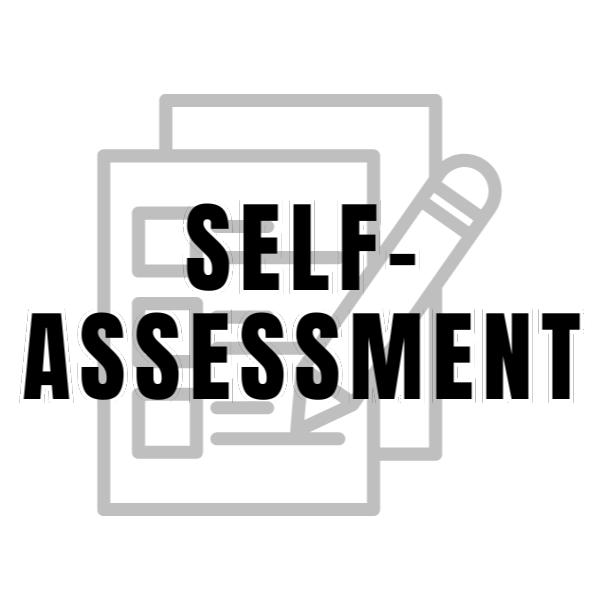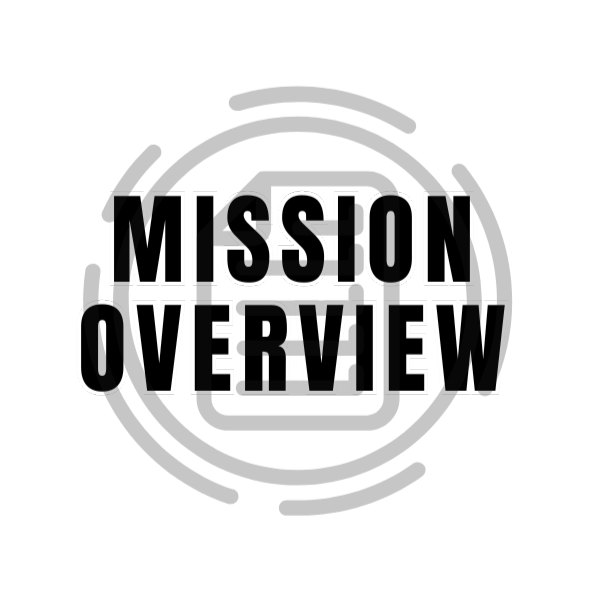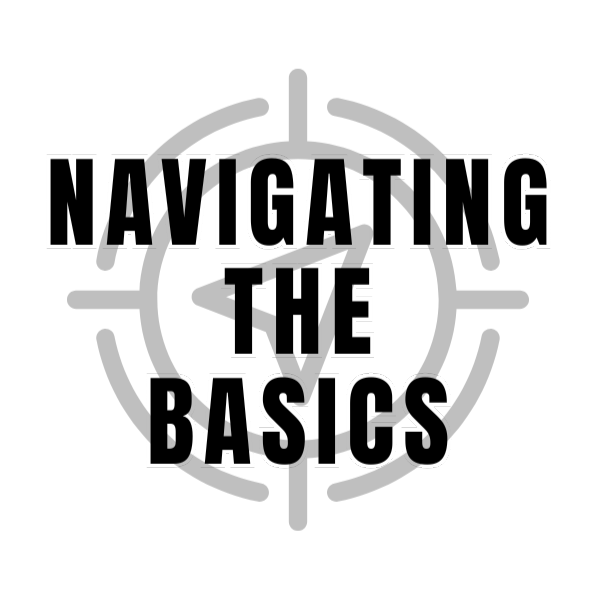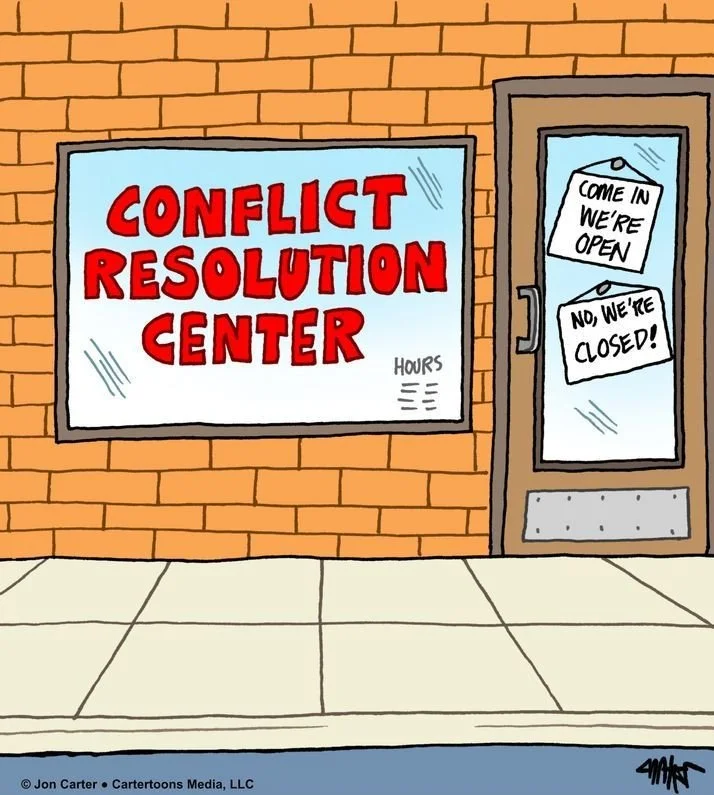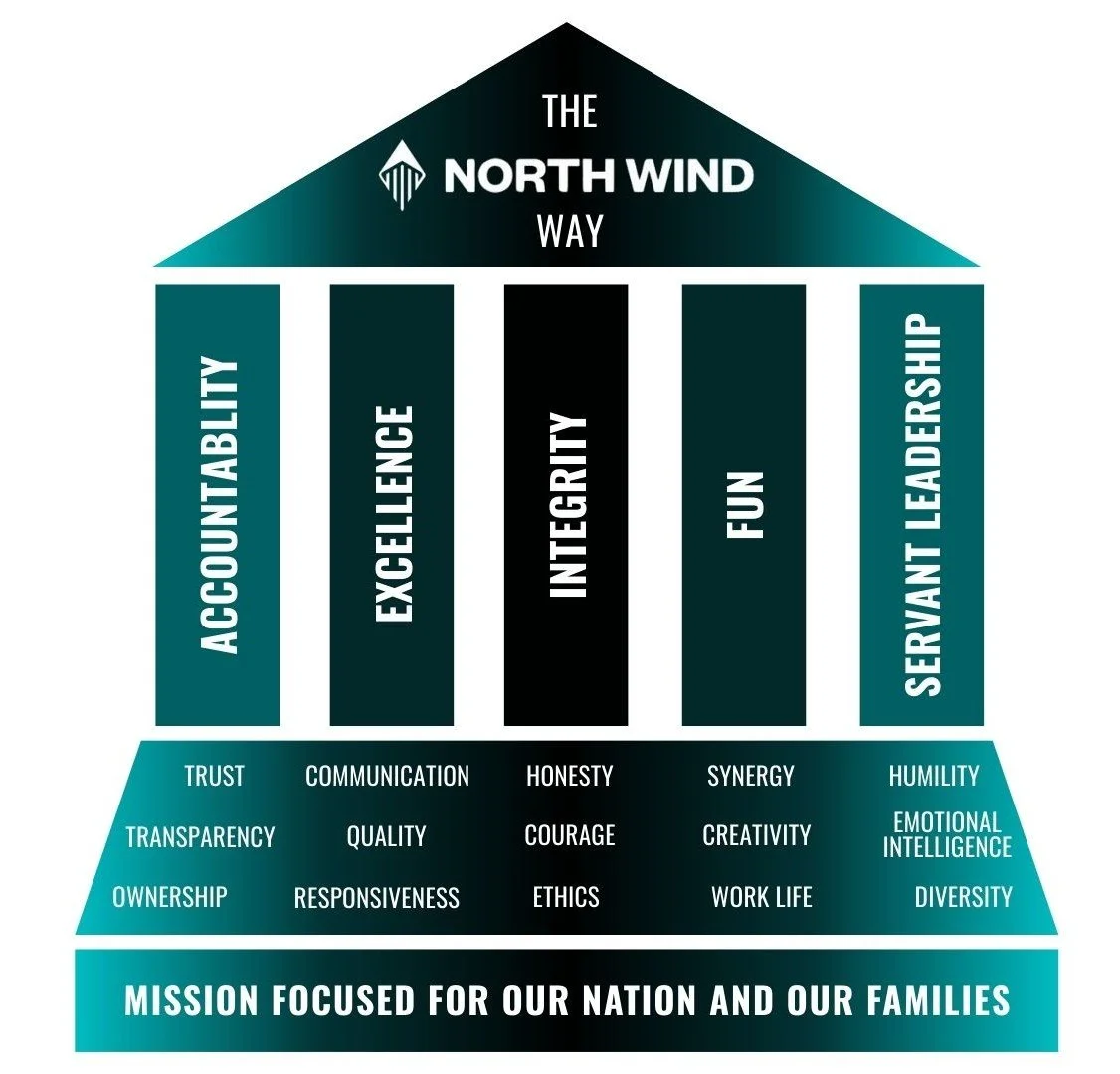Conflict Resolution
Conflict shows up in every organization, whether it’s a simple disagreement, a communication breakdown, or a visible clash over priorities. It can happen between any roles or departments, and it usually surfaces when something needs to be clarified, corrected, or reconsidered. For leaders, the ability to recognize and resolve conflict is part of creating a stable work environment where people know how to move forward.
At North Wind, unresolved conflict creates more than frustration; it can slow down decisions, affect communication across teams, and increase the risk of confusion during time-sensitive work. These issues will rarely fix themselves. They tend to grow until someone takes the time to listen, respond, and reset expectations.
Even though conflict can feel disruptive, it often points to something worth addressing. Different perspectives help teams improve their thinking, surface better ideas, and spot problems earlier. Without room for disagreement, people may hold back useful insight or avoid speaking up altogether. Learning how to handle conflict directly and respectfully is part of excellence and leading well.
Self-Assessment:
Conflict Resolution
Please take a few moments to contemplate the following self-reflection questions. Where can you identify opportunities for personal growth in your leadership?
What is my natural conflict resolution style? Do I tend to avoid conflicts, confront them directly, or seek compromise and collaboration?
How did I handle the most recent conflicts or disagreements within my team?
How well do I listen to the concerns and perspectives of others during conflicts? Do I actively seek to understand their viewpoints?
How do I manage my own emotions during conflicts?
Do I focus on finding solutions and common ground during conflicts, or do I get caught up in blame and resentment?
Do I try to understand the emotions and motivations of those involved in conflicts?
Have I taken proactive steps to create healthy conflict within my team or organization?
How do I model comfort with respectful disagreement in my own behavior?
Remember, this self-assessment is just a starting point for understanding your knowledge of Conflict Resolution as a leader. It's essential to reflect on your responses and actively work on areas where improvement is needed. Additionally, seeking feedback from others and working with your ECFL Leadership Coach can provide valuable insights into your strengths and weaknesses.
Resolving conflict is a leadership skill that reflects your thinking, how you communicate, and the trust others place in you. Your response in tense moments signals your consistency, your priorities, and whether people can count on you to address concerns without making the situation worse.
Being comfortable with conflict does not mean that you enjoy it, but instead, that you’ve learned to approach it with intention. You know how to stay calm, separate the issue from the emotion, and guide others toward a clear next step without shutting them down.
“You can’t shake hands with a closed fist.”
How to Have Healthy Conflict
Healthy conflict happens when people feel safe sharing concerns and are confident they will be heard. It requires respectful dialogue, active listening, and space to work through disagreements without fear of judgment to find intentional solutions. This kind of dialogue builds trust over time, strengthening working relationships and allowing teams to explore new approaches together.
Leaders can create room for disagreement without sacrificing clarity or focus. When people know it’s safe to raise a concern or express a different view, they’re more likely to speak up before a small issue turns into something harder to fix.
Not every conflict needs a major conversation. Sometimes it comes down to how a concern is raised. A leader might say, “Why didn’t you catch this?” instead of asking, “Can we walk through what happened so I can understand where the gap was?” The first response can cause defensiveness; the second keeps the door open.
In other situations, it’s the timing or tone that makes the difference. Redirecting someone in the middle of a shift can add pressure, while waiting until things settle may allow for a calmer and more productive conversation.
Leaders can reinforce healthy conflict by practicing a few consistent habits:
Slow down before reacting. A short pause can help you respond more clearly, especially when the moment feels tense or unexpected.
Focus on shared goals. Bringing the conversation back to what matters helps move it away from blame and toward a solution.
Name the tension respectfully. Even a simple statement like, “It seems like we’re not aligned yet,” can reset the tone and help others stay engaged.
When conflict isn’t addressed early or respectfully, it can shift the tone of a team and affect performance in ways that aren’t always obvious right away. This scenario illustrates how even experienced leaders can fall into unproductive patterns when difficult conversations go unexamined.
Cosmic Conflict
At Jetson Corp, a growing organization under pressure to deliver results, a conflict erupted between George, the CEO, and Astro, the head of product development. The disagreement centered on how to move forward with a high-priority initiative. George, focused on market expectations and deadlines, pushed for rapid execution with bold, visible progress. Astro advocated for a more cautious approach, emphasizing quality and stability to ensure long-term success.
The disagreement escalated publicly during a team meeting, where both parties resorted to personal attacks and dismissive comments, undermining each other's expertise and intentions. This confrontation created a tense atmosphere, leading to division within the team. Members felt compelled to take sides, resulting in silos and a breakdown in communication. The open hostility stifled collaboration, as team members became reluctant to share ideas or feedback for fear of becoming embroiled in the conflict. Morale plummeted, leading to decreased productivity and an increase in turnover, as talented employees sought more collaborative environments.
The conflict was worsened by the lack of a clear resolution process, leaving team members feeling unsupported and unsure how to navigate the tension. The ongoing strife diverted focus from the team’s core objectives, causing delays and missed expectations. In the end, the initiative launched behind schedule and underperformed, damaging both internal trust and external credibility.
It is important to note that the conflict itself was not the issue; rather, it was the manner in which matters were handled that led to the deterioration. What would you have done differently had you been in Astro’s position? What early signals were missed in this situation, and how could they have been addressed sooner? Where in your own work have you seen similar tensions affect collaboration or morale?
“Conflict can and should be handled constructively; when it is, relationships benefit. Conflict avoidance is not the hallmark of a good relationship. On the contrary, it is a symptom of serious problems and of poor communication.”
Healthy conflict takes place when people are willing to respectfully share their ideas and actively listen to each other. Leaders who build comfort with respectful disagreement help their teams grow stronger over time. These habits support collaboration, operational reliability, and accountability across all levels.
Best Practices for Conflict Resolution:
Promote Open Communication: Encourage your team to share thoughts and concerns openly and respectfully, preventing misunderstandings before they grow. Set the tone by asking thoughtful questions, making space for honest feedback, and showing appreciation when people speak up.
Value Healthy Conflict: Embrace conflict as a catalyst for innovation and growth. When people see that respectful disagreement is welcomed, they become more confident in raising ideas that challenge the status quo. This builds deeper trust and leads to more meaningful communication and collaboration.
Address Issues Early: Tackle conflicts before they escalate. The earlier tension is acknowledged, the easier it is to resolve without causing division or lingering frustration. Waiting too long can turn simple miscommunications into larger breakdowns.
Set Clear Expectations: Define expected behaviors and communication norms to minimize misunderstandings and reduce conflict. When everyone understands how feedback should be given and received, it’s easier to stay focused on problem-solving instead of blaming and/or taking things personally.
Lead by Example: Show how to resolve conflicts effectively by listening actively, staying calm, and focusing on solutions. Your approach teaches others what respectful conflict looks like and builds confidence in how the team works through hard conversations.
Encourage Empathy: Promote understanding by urging team members to see situations from each other’s perspectives. This doesn’t mean agreeing with everything, but recognizing what others might be feeling or needing in the moment.
Facilitate Resolutions: Offer to mediate or guide discussions when conflicts arise, ensuring a safe and structured environment. Sometimes, your presence alone can help people stay grounded and focused on moving forward.
Reward Positive Actions: Recognize and reward effective conflict resolution behaviors, reinforcing their importance to the team. Whether through a thank-you, a quick debrief, or formal recognition, small acknowledgments can shift team culture over time. Show them you appreciate the effort.
How leaders approach conflict is one of the clearest signs of whether a workplace is committed to growth or simply trying to avoid discomfort. Responding with patience, listening openly, and guiding conversations toward clarity helps protect not just productivity, but also trust, focus, and the quality of the work. Choose to be the person who clears the air instead of waiting for someone else to step in.
Reflection Questions
How can you ensure that conflicts are addressed early and effectively?
What strategies can you implement to encourage open communication within your team and colleagues?
Has there been a time when unresolved conflict led to negative consequences? What could have been done differently?
Elevate your understanding of Conflict Resolution by taking flight with the following resources. Use this opportunity to navigate, uncover, and expand the horizons of your leadership influence.
Dare to Disagree
Margaret Herrenan (TED Talk, 12:56)
The Truth About Being the "Stupidest" in the Room
Simon Sinek (2:16)
The Upside of Conflict
Podcast (35 Minutes)
Conflict Continuum
Patrick Lencioni (2:04)


